Digital power and democracy
The project produces information on new forms of digital power and enables people to make a difference in matters that are important to them. The project ended in July 2024.
What was it about?
The rapid change in the media environment in recent decades has brought with it many new ways of participating in society and exerting new kinds of digital power. This has led to a blurring of the boundaries separating decision-makers, citizens, persons of influence and those being influenced, and senders and recipients of messages.
Digitalisation and the growth of network-like power may push the development of society in a democratic or non-democratic direction. For example, the Stockholm-based International Institute for Democracy and Electoral Assistance (IDEA) stated in its report in late 2021 The Global State of Democracy: Building Resilience in a Pandemic Era that the coronavirus pandemic had widened the gap between democratic and non-democratic systems.
In the meantime, authoritarian practices have been adopted by many established democracies in recent years. The message from IDEA was like that of many other reports on democracy published in recent years – that the living space for democracy in the world has continued to narrow.
Meanwhile, activities such as online harassment and threats have been found to reduce people’s desire to engage in public debate, to publicly take a stand on sensitive topics as an expert, or to run for public office, for example.
In a survey commissioned by the Well Said campaign organised by Yle, for example, 63 percent of Finns felt that the culture of public debate had been moving in the wrong direction and that public debate was not seen to be inviting for everyone. Also undermining trust in democracy and in other people are the new and invisible ways of using algorithms for wielding influence.
The Eurobarometer study conducted in 2018 already showed that 83 percent of Europeans saw disinformation as a threat to democracy, 63 percent of young Europeans encountered fake news more than once a week, and 51 percent of Europeans believed that they had been exposed to online disinformation. There is no reason to assume that the significance of these phenomena would have declined since then.
What did we do?
The Digital Power and Democracy project helped people to the change in the information environment, digital power, and the societal significance and opportunities that data provides.
The project enhanced the readiness of citizens (information, skills, enthusiasm) to affect matters that are of importance to themselves. This readiness comprises, for example, improved technological and information literacy and an understanding of how democracy works.
The project also included developing and testing new kinds of models for participation and working together in digital environments.
Who was involved?
The work took place in close cooperation with both Sitra’s internal partners (incl. the Fair Data Economy theme and Sitra’s foresight function) and external partners (incl. civil society, government, international think-tanks) both in Finland and internationally.
One of the aims of the project was to bring together figures from a wide range of sectors that have key roles in building the future of digital democracy. The goal was to collaborate with experts from different fields to produce new knowledge and new points of view for democracy and to expand and challenge our familiar concepts of democracy. Meanwhile, we sought to bring together people skilled in data and technology, as well as developers of democracy. We also aimed to increase awareness of digital power and the societal significance of data.
Other important stakeholders were actors promoting digital information literacy and those specialising in the fight against disinformation, public institutions, civil society players and companies included.
Where are we now?
The project was launched in March 2022 and ended in July 2024.
Contact
We would like to tell you more!
Recommended
Have some more.







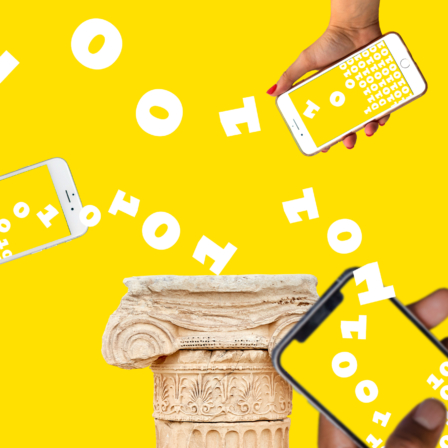
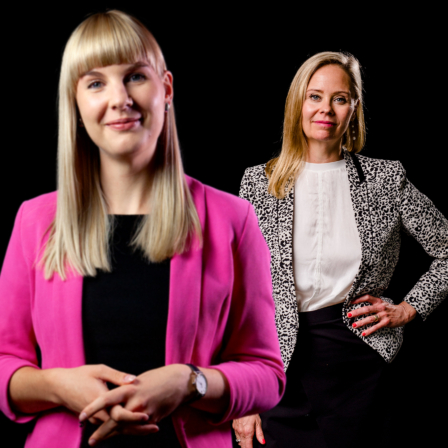



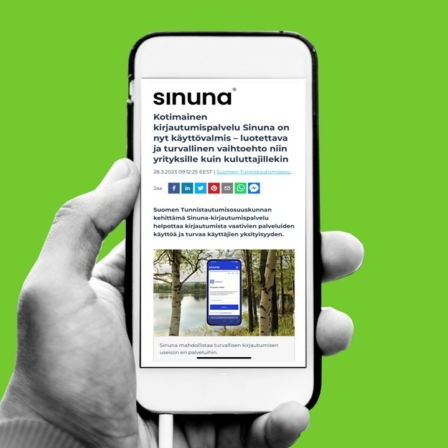











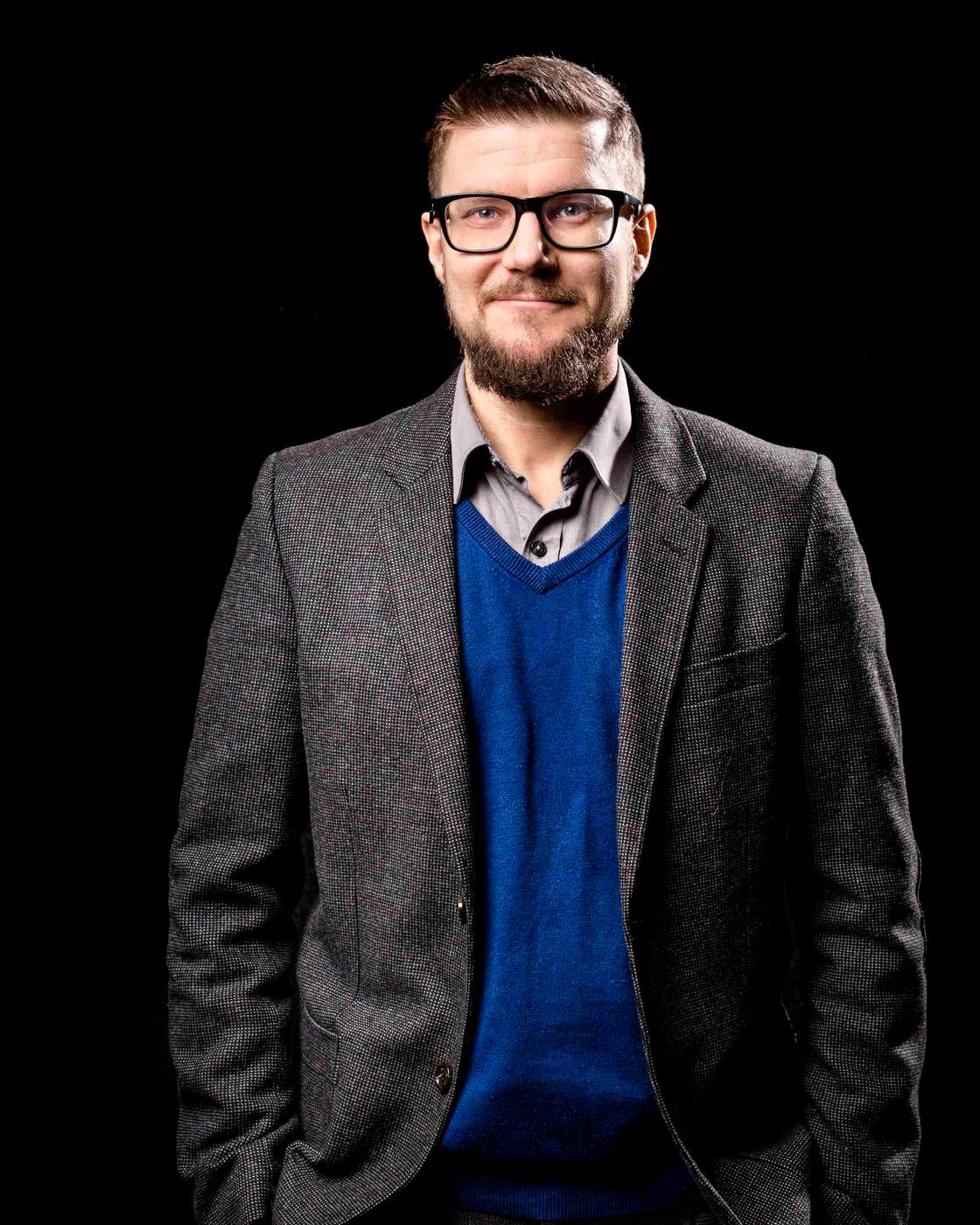

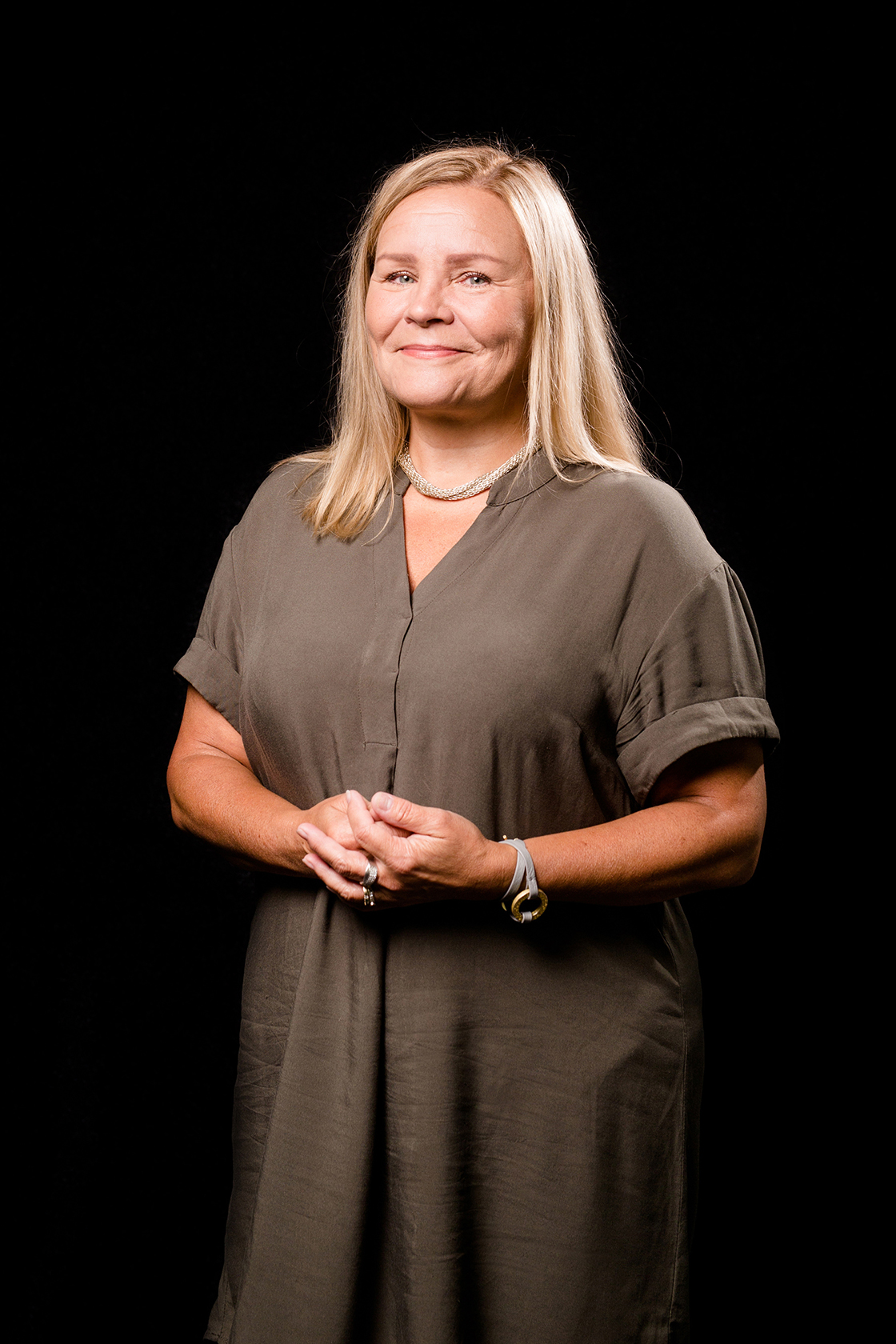










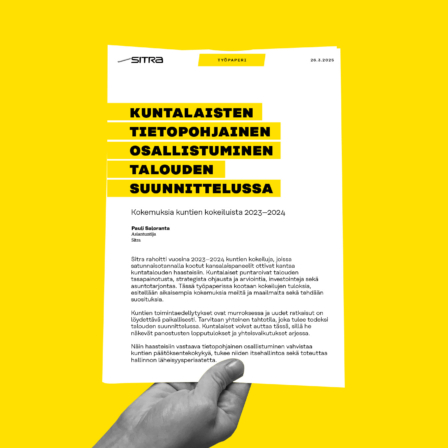
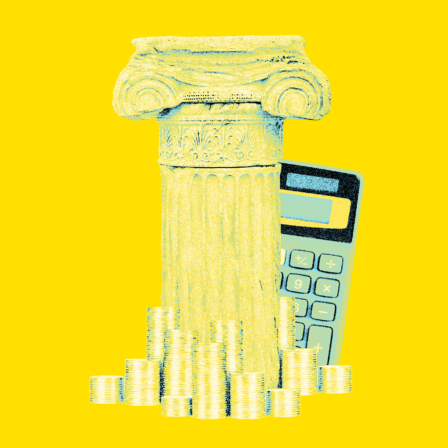



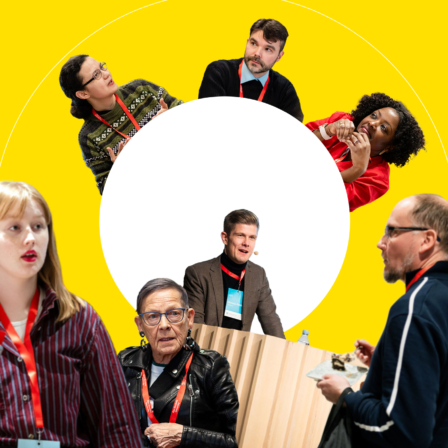
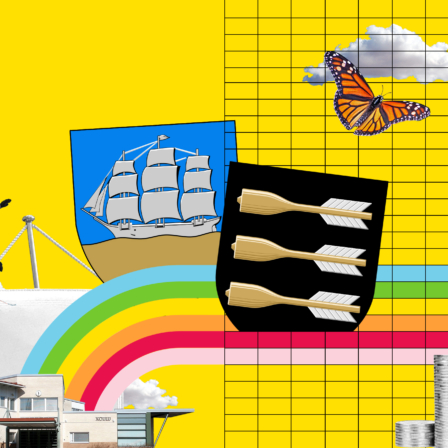
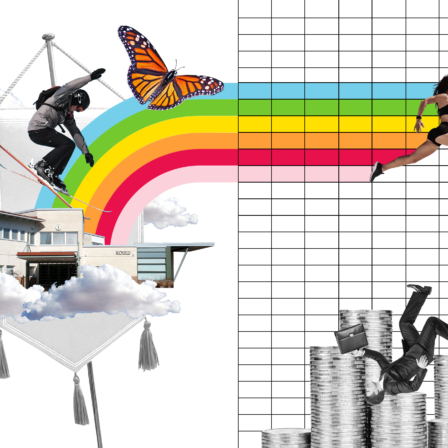
Projects